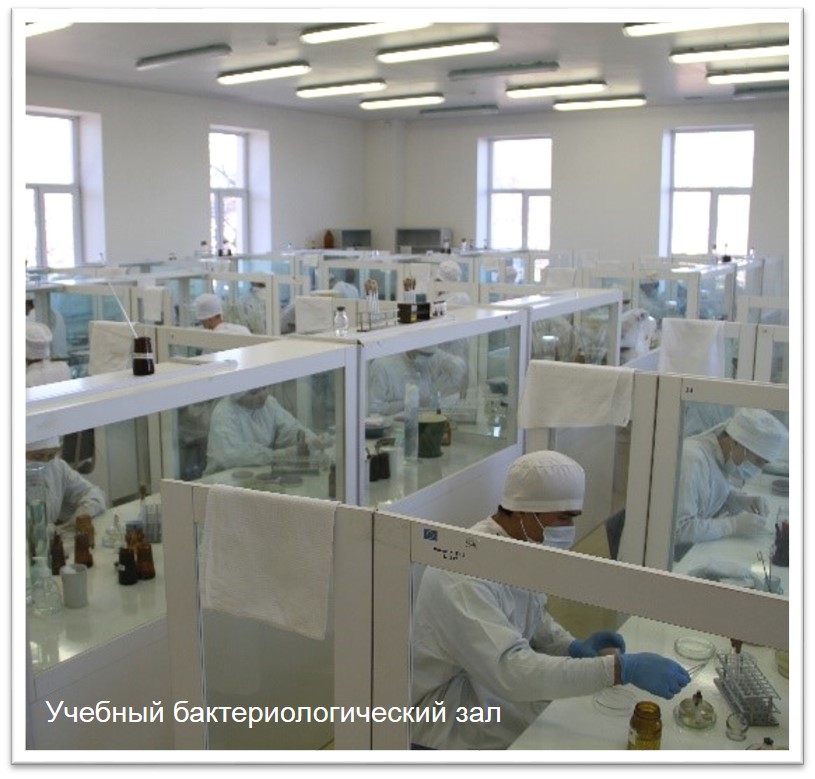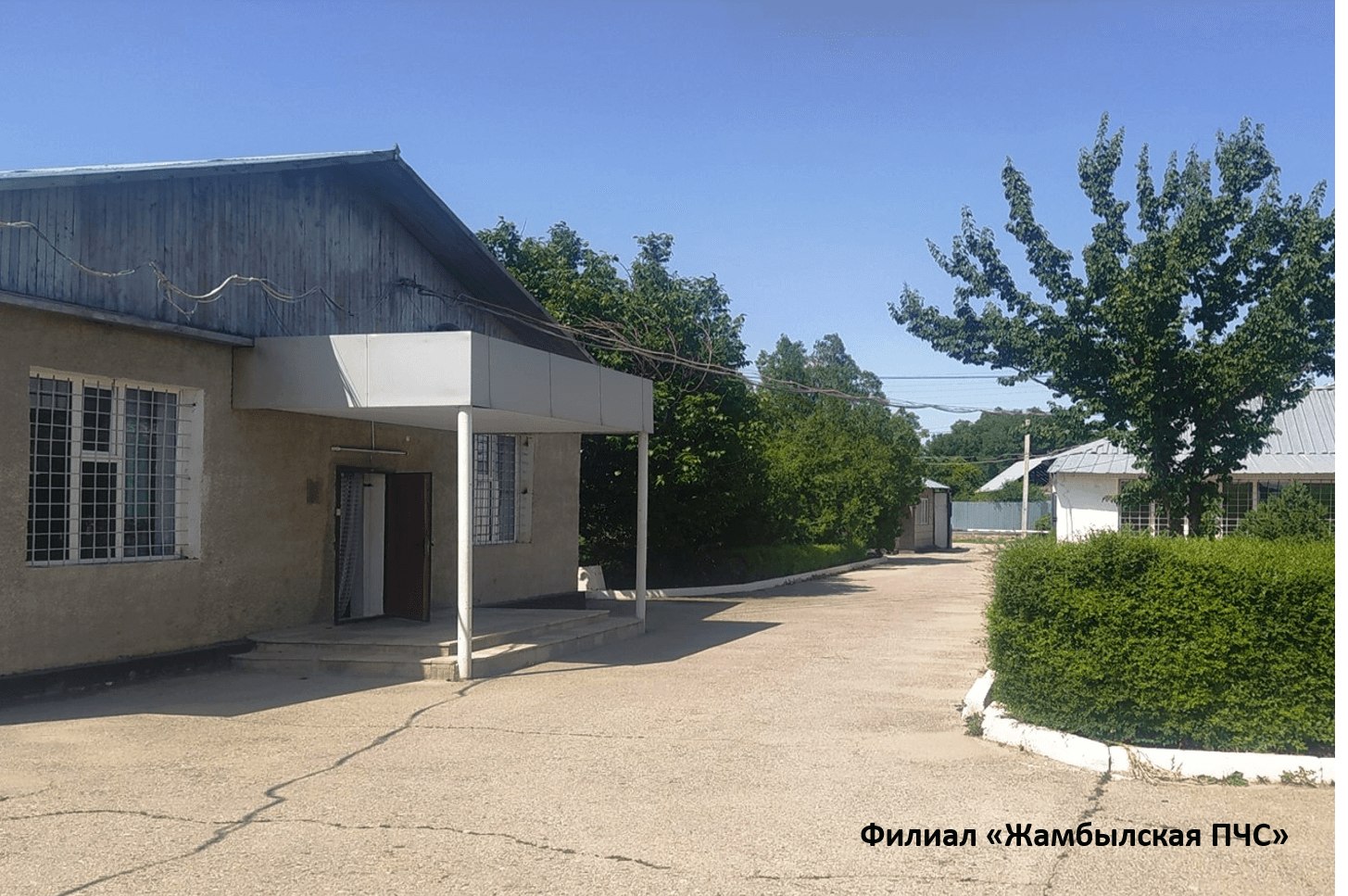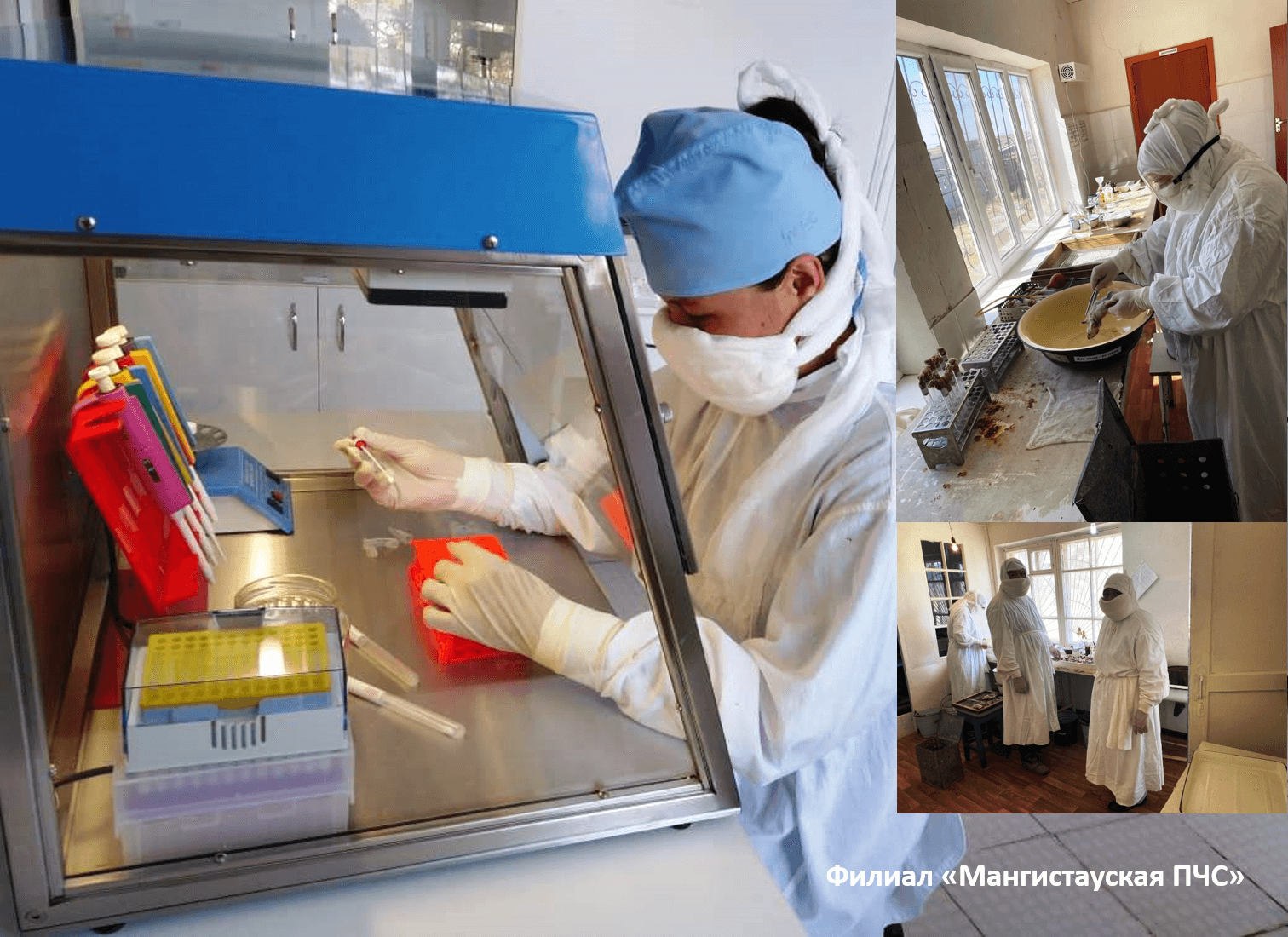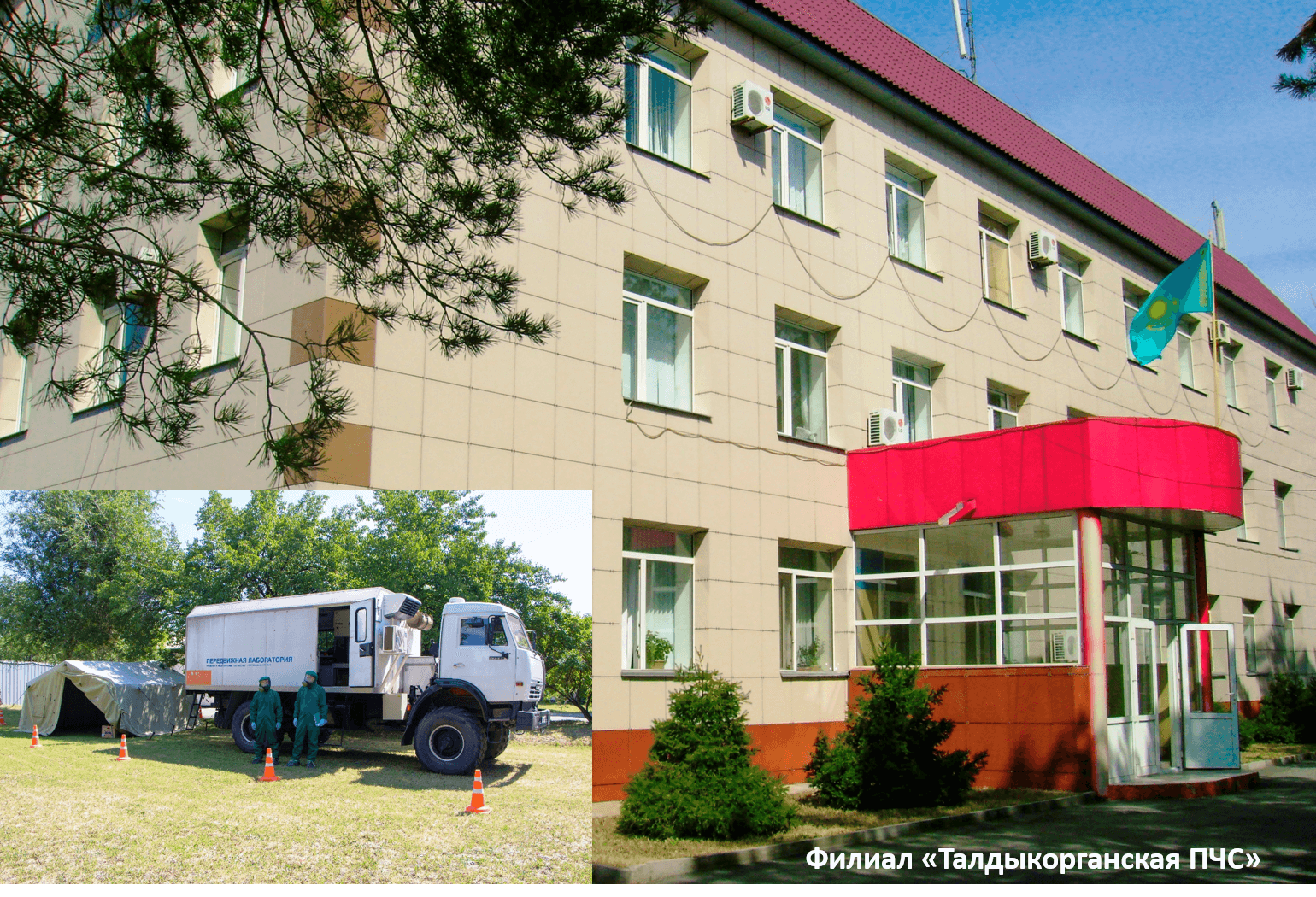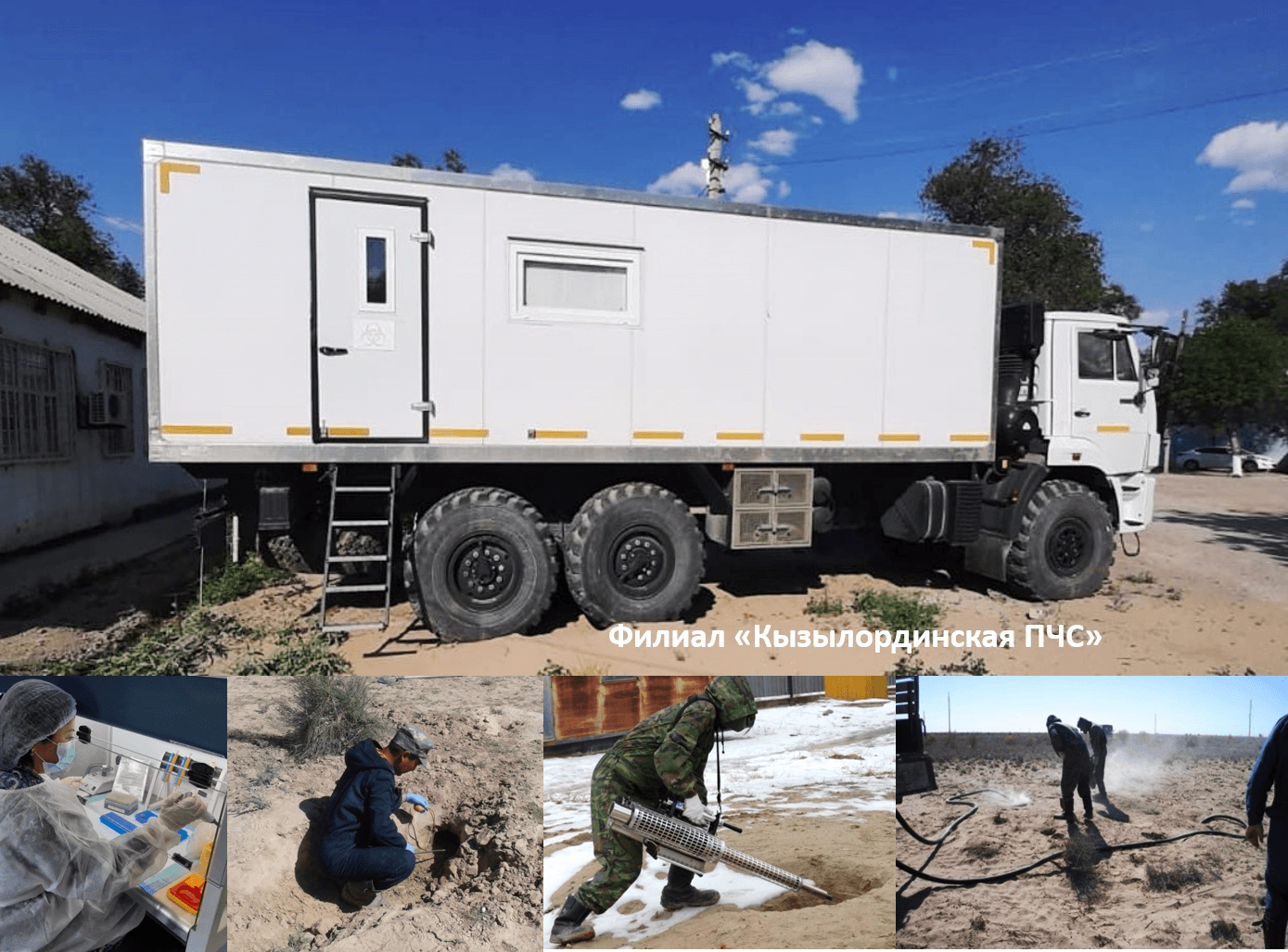Национальный научный центрособо опасных инфекцийимени Масгута Айкимбаева
Ведущее государственное учреждение Республики Казахстан в области эпидемиологического надзора, профилактики и борьбы с карантинными и зоонозными инфекциями. Обеспечиваем биологическую безопасность страны с 1949 года.
Основные направления деятельности
Комплексный подход к обеспечению биологической безопасности
Наши достижения
Нужна консультация?
Наши специалисты готовы ответить на ваши вопросы и предоставить профессиональную консультацию
Статистика и достижения
Ключевые показатели эффективности работы Национального научного центра карантинных и зоонозных инфекций за последние годы
Открытые данные
Полная статистическая информация о деятельности центра доступна на портале открытых данных Республики Казахстан
Нормативные документы
Официальные документы, регламентирующие деятельность центра и порядок оказания услуг
Важная информация о документах
Все документы на данной странице являются официальными и имеют юридическую силу. Документы предоставляются в соответствии с Законом РК "О доступе к информации".
Наши партнеры
Эффективное взаимодействие с национальными и международными организациями для обеспечения биологической безопасности
Международные партнеры
Всемирная организация здравоохранения (ВОЗ)
Сотрудничество в области глобальной эпидемиологической безопасности
Официальный сайтЦентры по контролю и профилактике заболеваний США (CDC)
Совместные исследовательские проекты и обмен опытом
Официальный сайтНациональные партнеры
Министерство здравоохранения РК
Координация деятельности в системе здравоохранения
Комитет санитарно-эпидемиологического контроля
Обеспечение санитарно-эпидемиологического благополучия
Казахский национальный медицинский университет
Подготовка квалифицированных кадров
Национальный центр экспертизы
Лабораторная диагностика и экспертиза
Республиканский центр электронного здравоохранения
Цифровизация здравоохранения
Казахстанская академия профилактической медицины
Научные исследования в области профилактики
Возможности сотрудничества
Национальный научный центр карантинных и зоонозных инфекций открыт для сотрудничества с научными, образовательными и медицинскими организациями.
- Совместные научные исследования и разработки
- Обмен опытом и лучшими практиками
- Подготовка и повышение квалификации специалистов
- Участие в международных проектах и программах





